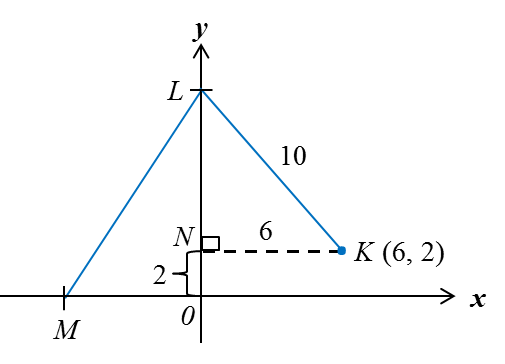5.4 Equation of a Straight Line: y = mx + c
1. Given the value of the gradient, m, and the y-intercept, c, an equation of a straight line
y = mx + c can be formed.
y = mx + c can be formed.
2. If the equation of a straight line is written in the form y = mx + c, the gradient, m, and the y-intercept, c, can be determined directly from the equation.
Example:
Given that the equation of a straight line is y = 3 – 4x. Find the gradient and y-intercept of the line?
Solution:
y= 3 – 4x
y= – 4x + 3 ← (y = mx + c)
Therefore, gradient, m = – 4
y-intercept, c = 3
3. If the equation of a straight line is written in the form ax + by + c = 0, change it to the form y = mx + c before finding the gradient and the y-intercept.
Example:
Given that the equation of a straight line is 4x + 6y– 3 = 0. What is the gradient and y-intercept of the line?
Solution:
Solution:
4x + 6y – 3 = 0
6y = –4x + 3







